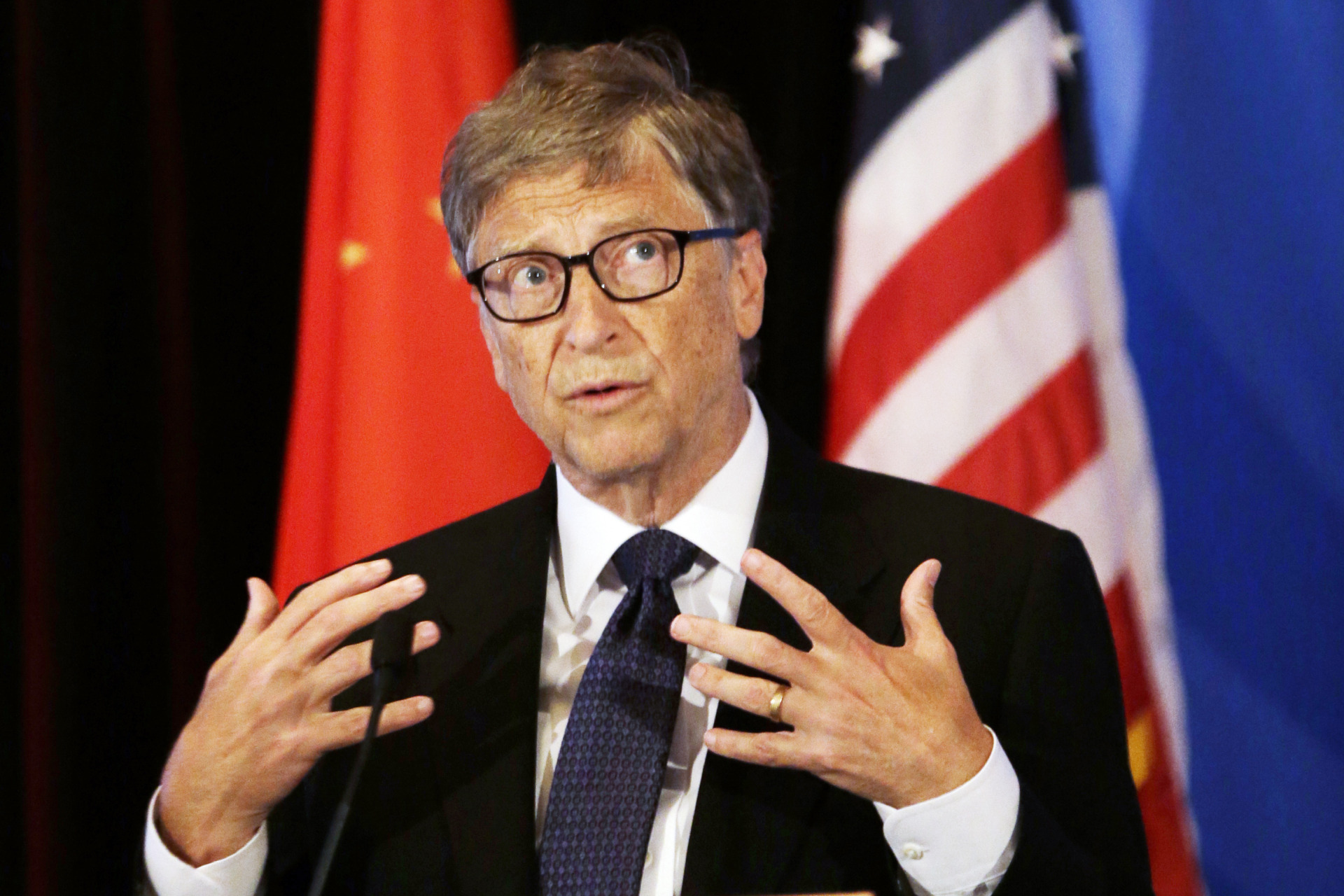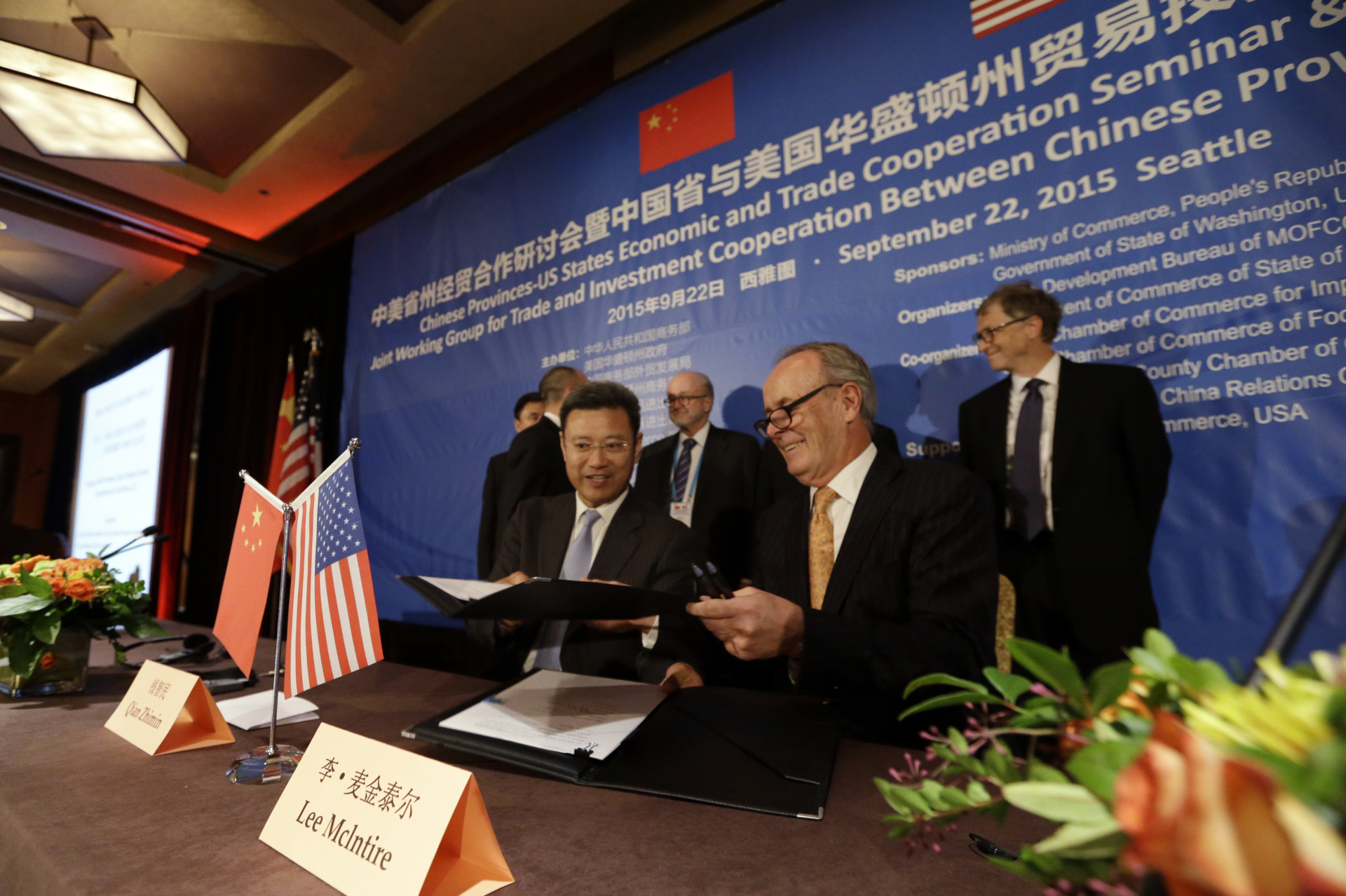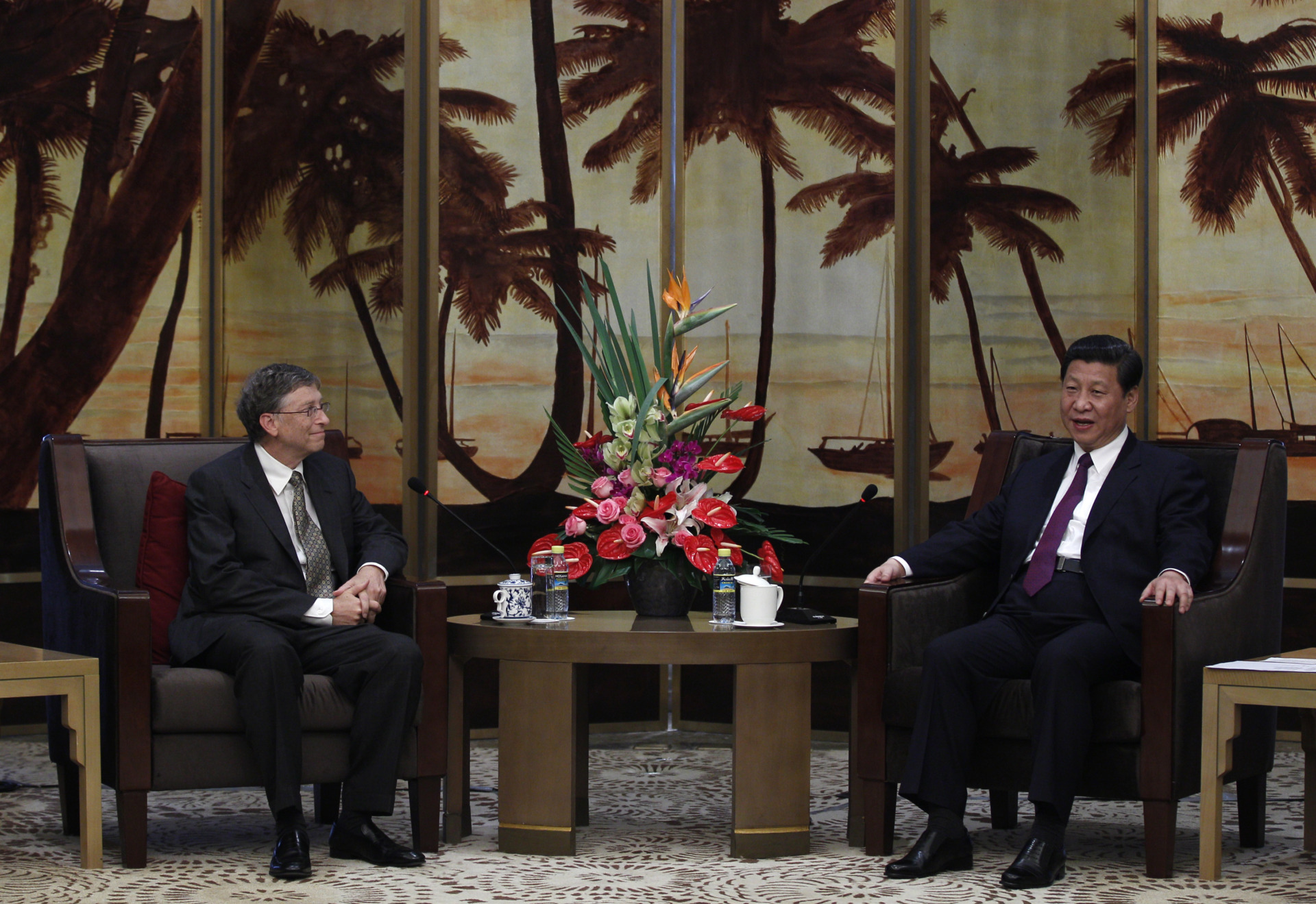More On: Bill Gates
Bill Gates says that people with these three skills will do well in the job market in the future
Melinda Gates says that her divorce was 'unbelievably painful'
The Netherlands puts an end to Bill Gates's crazy idea of making meat from plants
Phoebe Gates, daughter of Bill Gates, has received racist remarks after sharing a photo with an alleged boyfriend
People in North Dakota are 'livid' that Bill Gates bought farmland there
Red-Handed: How American Elites Get Rich Helping China Win , by Peter Schweizer, is a new best-seller. The disturbing relationship between Microsoft founder Bill Gates and the Chinese Communist regime receives a lot of attention. One of the most tense moments in that relationship happened when Gates went beyond personal computers to assist the Chinese in improving their nuclear reactors.
After a decade of forecasting China would never be able to govern the Internet while also assisting Communist officials in doing so, Gates' TerraPower company began working with the Chinese National Nuclear Corporation (CNNC) on a "next-generation" reactor in 2011.
Although CNNC works for the Chinese military, Schweizer writes that the molten salt reactors TerraPower developed are "extremely effective at moving ships at sea, even military boats."

When Gates' TerraPower teamed up with CNNC, the People's Liberation Army (PLA) was already working on procedures for placing this type of reactor aboard its aircraft carriers, according to Red-Handed.
The cooperation came to an end in 2018 because the Trump administration's "policy changes" made the project "impossible to achieve." CNNC was eventually listed on a list of Chinese firms related to the PLA, effectively ending the company's cooperation with Gates - though he clearly expects to continue working on reactor projects with other Chinese firms.
"The TerraPower thing was a setback," Gates said in 2019, "but there are ways to come back and engage China in a fairly deep way later in the project."
In the interview, he remarked, "China has a lot to contribute." "China is building almost 40% of all nuclear reactors in the globe."
Gates said that his primary motivation for assisting China in the development of advanced nuclear reactors was to combat climate change by assisting countries such as China and India in the development of "zero-emission" electricity grids.
"So, to the extent that we're allowed, we'll be aggressive in forming Chinese partnerships." "Things like climate change will be considerably more difficult to solve if we don't cooperate," he remarked.
In December 2021, the Japan Atomic Energy Agency (JAEA) and Mitsubishi Heavy Industries Inc. announced a partnership with TerraPower to build the same kind of nuclear plant Gates wanted to build with CNNC. The plant, which will receive about $2 billion in funding from the U.S. government, is scheduled to open in Wyoming in 2028.

A 2020 Asia Times report on the state of the art in reactor technology pointed out that American firms were leaders in developing molten salt reactors (MSR), but only China has plans to actually build them, and they are energetic plans indeed. Jiang Mianheng, the son of former President Jiang Zemin, is in charge of China's MSR program.
Molten salt reactors employ a superheated salt solution to transport energy from the reactor core to external power supplies, as the name implies. In essence, the reactor fires liquified salt at a temperature of around 1,200 degrees Fahrenheit, and useable energy is extracted from the very hot mixture, which then flows back into the reactor for another round of nuclear toasting.
MSRs are attracting a lot of attention because of their potentially high level of intrinsic safety. If any of the molten salt escapes from the system, it cools quickly and solidifies, trapping radioactive particles safely inside. If the reactor becomes too hot, the salt becomes too thin to keep the nuclear reaction going, and the entire system shuts down gracefully.

As Red-Handed notes, the other signature feature of MSRs is their small size. The scientists who laid the theoretical groundwork for the reactors in the 1940s imagined them powering airplanes. Modern engineers have proposed nuclear-powered drones that would use miniature reactors to stay aloft for months on end.
Small reactors with safe, sealed systems like MSRs could also lead to an innovation known as the “traveling wave reactor,” another specialty of Gates’ TerraPower — and of his erstwhile PLA-linked partner, CNNC.
In a rolling avalanche of nuclear power, traveling wave reactors generate their own fuel. They'd only need external refilling every decade or two, and they'd be able to burn through a lot of their own trash.
These are attributes that are clearly appealing to clean energy advocates, but they are also significant selling points for military strategists constructing weapons platforms that may be deployed for extended periods of time at sea, in the air, or in space. To say the least, Bill Gates seemed to be oblivious to the Chinese Communist Party's desire and ability to weaponize the nuclear technology he wants to share with them.






















